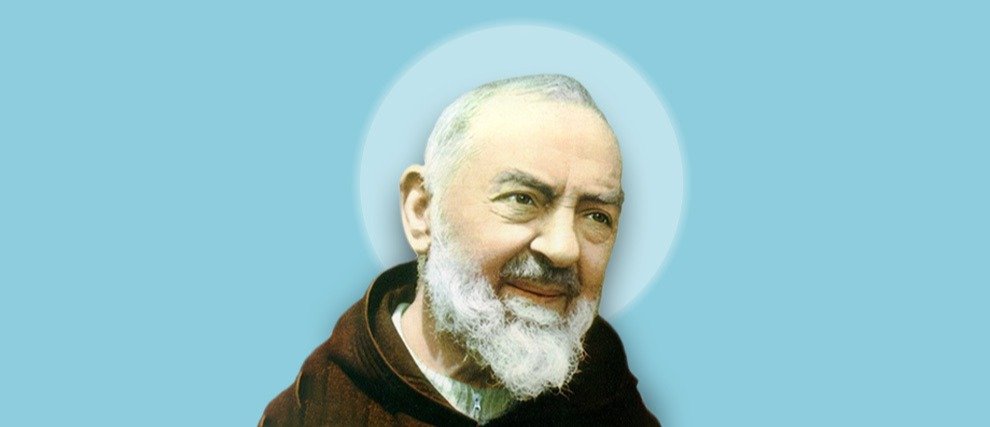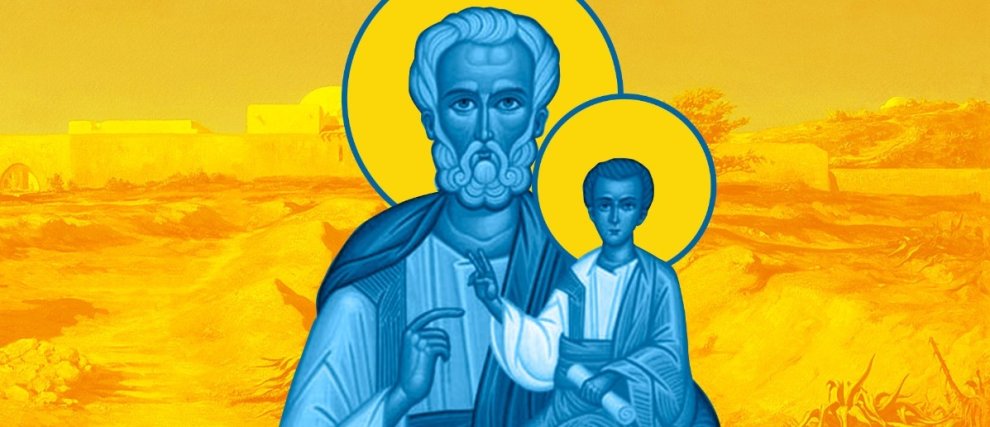Saint Jerome
Biography of Saint Jerome of Stridon
Jerome (Hieronymus) was born around 347 in Stridon, Dalmatia, to a wealthy Christian family. He received a solid education in literature, then in theology, and was sent to Rome to perfect himself.
In 365, Jerome asked for baptism. He was 19 years old, and wanted to give himself entirely to God by leading a consecrated life. In search of his vocation, he turned to an ascetic life and went to live as a hermit in the Chalcis desert in Syria. He then went to Antioch, where he devoted himself to exegesis and learned Greek and Hebrew. He was ordained a priest and began to translate the holy books. His life of solitude and meditation in contact with the Sacred Scriptures developed his Christian sensitivity.
While in Constantinople, he discovered Origen’s exegesis and became a pupil of Saint Gregory of Nazianzus. Returning to Rome in 382, he became secretary and advisor to Pope Damasus, who instructed him to prepare an official text of the old Latin version of the Bible. A small group of noble Christian women gathered around him and took him as their spiritual guide. After the death of Pope Damasus, Jerome returned to Palestine, where he settled in 386. He founded two monasteries and a hospice in Bethlehem.
During his last thirty years, spent in a monastery, Jerome had an intense intellectual life. He translated the Bible into Latin and wrote his commentaries on the Old and New Testaments. Moreover, Jerome had a great apostolic zeal: he was an ardent defender of the faith by opposing heresies, he encouraged his brother monks toward perfection, he welcomed the pilgrims, and taught the young people Christian culture.
He died in his room, near the cave of the Nativity, on September 30, 419 or 420. He was proclaimed a Doctor of the Church by Pope Boniface VIII in 1298. Saint Jerome is one of the four Fathers of the Latin Church along with Saint Augustine of Hippo, Saint Ambrose of Milan, and Saint Gregory of Nazianzus.
Saint Jerome is celebrated on September 30th, and he is the patron saint of translators.
Discover other lives of holy Doctors of the Church: Saint Basil the Great, Saint John Chrysostom, Saint Bonaventure, Saint Thomas Aquinas, etc.
Works of Saint Jerome
The major work of Saint Jerome is his translation of the Bible. Thanks to his great literary experience and his knowledge of Hebrew and Greek, Jerome was able to translate the New Testament, the Psalms, and much of the Old Testament. He carried out this work with great precision, even respecting the order of the words. In the thirteenth century, his translation took the name of Vulgate and was declared canonical by the Council of Trent (1545-1563). After the recent revision, the Vulgate remains the "official" text of the Latin-speaking Church.
Saint Jerome also wrote commentaries on many biblical texts, wishing to offer readers a possible explanation of the texts to be compared with other opinions.
He composed the De viris illustribus in 392, in this work Jerome presents the biographies of more than a hundred Christian authors and thus demonstrates the importance of Christian literature. He also wrote numerous biographies of monks.
The Epistolario is a masterpiece of Latin literature. Saint Jerome appears there as a guide of souls.
Finally, Saint Jerome translated various works by Greek authors.
Spirituality and Quotations from Saint Jerome
Benedict XVI presented St Jerome in two remarkable catechisms, in which he highlights the spirituality of this great Father of the Church.
Sacred Scripture
The spirituality of Saint Jerome of Stridon is centered on the Holy Scriptures, of which he is an indisputable master. He invites us to love the Word of God, which is given in Sacred Scripture. Saint Jerome says: "To ignore the Scriptures is to ignore Christ", he explains that through the Word, it is God who speaks to each one. Moreover, the Word of God transcends time, it is the word of eternal life, as Saint Jerome reminds us: "Let us seek to learn on Earth the truths whose consistency will also persist in heaven." Jerome lived this joy and this familiarity with the Biblical texts: "Does it not seem to you to dwell - already here on earth - in the kingdom of heaven, when one lives among these texts, when one meditates on them, when one does not know or seek anything else? ”
Saint Jerome, a spiritual father
Jerome left behind valuable spiritual teachings. To advance on the path to God, he reminds us of the need for constant vigilance, mortification, avoidance of idleness and, above all, obedience to God.
Saint Jerome, Master of Pedagogy
Jerome took great care of the formation of souls, which he identified with "very precious stones in the sight of God." He insisted on the serene environment in which children should be surrounded, while protecting them from opportunities for sin and bad friendship. He encouraged parents in their mission as teachers of life and invites them to set good examples.
Prayer to Saint Jerome
Glorious Saint Jerome, Father and Doctor of the Church
Glorious Saint Jerome, Father and Doctor of the Church,
You who, by translating the Bible into Latin, made it accessible to the larger world,
You who have endeavored to go back to the source and "find in the streams all that is born of the source",
You who know how much the intelligence of writing conditions the intelligence of transcription, we entrust our activity to your benevolent intercession.
Get us to know how to transcribe the messages entrusted to us with the greatest fidelity possible, without losing the mystery of words.
Help us to cast out inaccuracy, to flee from false sense, to reject lack of rigor, and to hate false sense.
Finally, give us to “seek to learn on Earth the truths whose consistency will also persist in heaven”.
Amen
Famous paintings of Saint Jerome
Saint Jerome, like the other hermit saints, is a favorite subject in renaissance painting. He had been the subject of numerous representations, generally emphasizing his characteristics as a hermit, being presented half-naked and bearded. He often wears a purple coat and a cardinal's hat. Various attributes related to different episodes from his life accompany him: the lion, the skull and the book. Among the most famous paintings depicting him are:
- Saint Jerome in his Study, Van Eyck (1435)
- Saint Jerome in the Desert, Andrea Mantegna (1451).
- The Last Communion of Saint Jerome, Sandro Botticelli (1495).
- Saint Jerome in His Study, Albrecht Durer (1496).
- Saint Jerome at Prayer, Jerome Bosch (1505).
- Saint Jerome in Penitence, Lorenzo Lotto (1506).
- Saint Jerome in Penitence, Titian (1575).
- Saint Jerome Writing, Caravaggio (1606).

